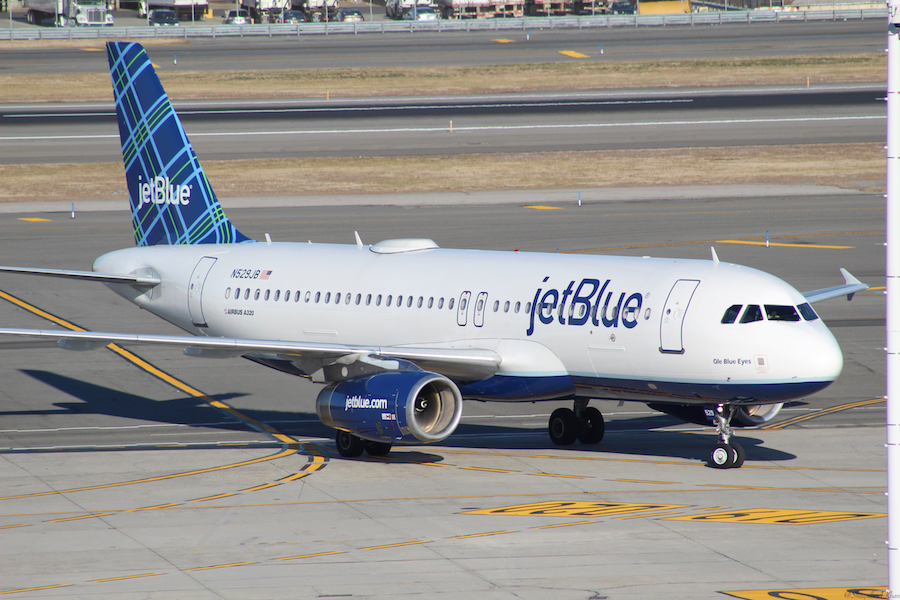Trips abroad from Asia are continuing to increase. After surging by seven percent in 2018, during the first eight months of 2019 they rose by a further six percent. This is in part due to international trips within Asia, which are a significant growth driver. Despite an anticipated decline in year-on-year growth, the prospects for 2020 remain good. These are the findings of the first trend analysis of the World Travel Monitor, to be presented by IPK International in Singapore. The World Travel Monitor is based on the results of representative interviews with more than 500,000 people in over 60 global travel markets. It has been compiled for more than 20 years and is recognized as the most wide-scale continuous survey of global travel trends.
Growth in Asia’s outbound travel market exceeds global average
According to the World Travel Monitor, between January and August 2019 outbound travel from Asia rose by six per cent, once again making Asia the biggest growth driver in the international tourism market. ”Growth in Asia’s foreign travel market continues to exceed the global average, which during the first eight months of the year was only four per cent“, said Julia Mühlberger, marketing consultant, IPK International.
A closer look at the latest figures shows a further upward trend in trips to destinations within Asia. During the first eight months of 2019, for the first time foreign trips within Asia accounted for nearly 80 per cent of the market. During the same period European countries registered a slight increase in travelers from Asia. At 15 percent, they occupied a sound share of the market. In contrast, America’s popularity with Asian travelers fell for the third year running. The country now accounts for only eight percent of the market.
Per trip, Asian travelers spend considerably more than other nationalities, despite shorter stays. According to the World Travel Monitor®, Asians stayed for an average of 5.9 nights on outbound trips. This was a slight increase over last year’s figure (5.6 overnights). However, the figure was much lower than the global average (eight nights). Despite this, at 1,570 euros per trip spending by Asians abroad during the first eight months of 2019 significantly exceeded the global average (1,280 euros).
City breaks are booming. Round trips have recovered slightly.
Among Asians, city breaks remain by far the most popular form of outbound travel. They recorded the highest increase, as in the year before, and between January and August 2019 grew by a further nine per cent, occupying 35 percent of the market. Following a downturn last year, round trips recovered. Asia’s second largest holiday market grew slightly by three per cent and accounted a market share of 24 percent. Beach holidays continued the previous year’s upward trend, rising by 6 per cent and occupying 21 percent of the market.
Rising MICE segment
Asia’s growing economy is having a positive impact on the business travel market. From January to August 2019, 17 per cent of Asians travelling abroad were on business / MICE trips, which compared to the previous year was an above-average increase of eight per cent. The MICE segment, with incentive travel and trips to trade fairs, was largely responsible for this growth, whereas traditional business trips were in decline.
Travel agencies continue to play an important role
While Asians continue to rely heavily on the internet for information and bookings, nearly 50 per cent of Asian travelers still attach great importance to the personal advice offered by travel agencies. Furthermore, they make much greater use of this individual service than the global average. The World Travel Monitor® shows that during the first eight months of 2019 85 per cent of Asian outbound travelers booked over the internet but also 40 per cent at travel agencies.
Slower growth expected in 2020
According to IPK International, in 2020 outbound travels by Asians will grow by five percent, outpacing the forecasted global trend. Against the backdrop of global economic developments, the experts anticipate slightly lower growth rates for next year. These forecasts are based on the findings of the “World Travel Confidence Index” of IPK International, which as part of World Travel Monitor polls people’s travel intentions for the next 12 months.
WHAT TO TAKE AWAY FROM THIS ARTICLE:
- These forecasts are based on the findings of the “World Travel Confidence Index” of IPK International, which as part of World Travel Monitor polls people's travel intentions for the next 12 months.
- The World Travel Monitor® shows that during the first eight months of 2019 85 per cent of Asian outbound travelers booked over the internet but also 40 per cent at travel agencies.
- According to the World Travel Monitor, between January and August 2019 outbound travel from Asia rose by six per cent, once again making Asia the biggest growth driver in the international tourism market.






















